Understand the Aesthetics of Urban Architecture
The architecture of a city is not only a form of frozen art, but also that of frozen history. The quaint old structures and futuristic designs of the new era are seen in the buildings of different periods, and they are part of the aesthetic biography of Hangzhou’s architectural evolution.
Hu Xueyan's Former Residence
Built in 1872, the residence of Hu Xueyan, the founder of Huqing Yutang, is a fusion of both traditional Chinese and Western architectural elements. The complex is lavished decorated with precious timber materials such as ginkgo, nanmu, rosewood, red sandalwood, cedar, etc. Dominating its back garden Zhiyuan is a mount of jagged rocks, containing the largest existing artifi cial cave in China.
18 Yuanbao St
+86 571 86821131
20 yuan
08:00 ~17:30
Guo's Villa
The private garden with the most Jiangnan architectural characteristics at the West Lake, Guo’s Villa enjoys the reputation of "the crown of West Lake classical gardens". Its east section, fully integrating the view of the famous water, is the perfect spot to enjoy tea and blooming lotus in summer.
28 Yanggongdi
+86 571 87986026
10 yuan 08:00~17:00

Hangzhou Olympic Center Building Cluster
The complex consists of Stadium "Big Lotus", Gymnasium/Aquatic Sports Arena "Butterfl y", Tennis Center "Small Lotus", and Training Hall "Jade Cong". The "Big Lotus”, in particular, with its unique design and graceful temperament, stands as an epitome of Jiangnan architectural charm and at the same time, a symbol of inclusiveness and good will of Hangzhou.
Intersection of Feihong Rd and Wentao Rd
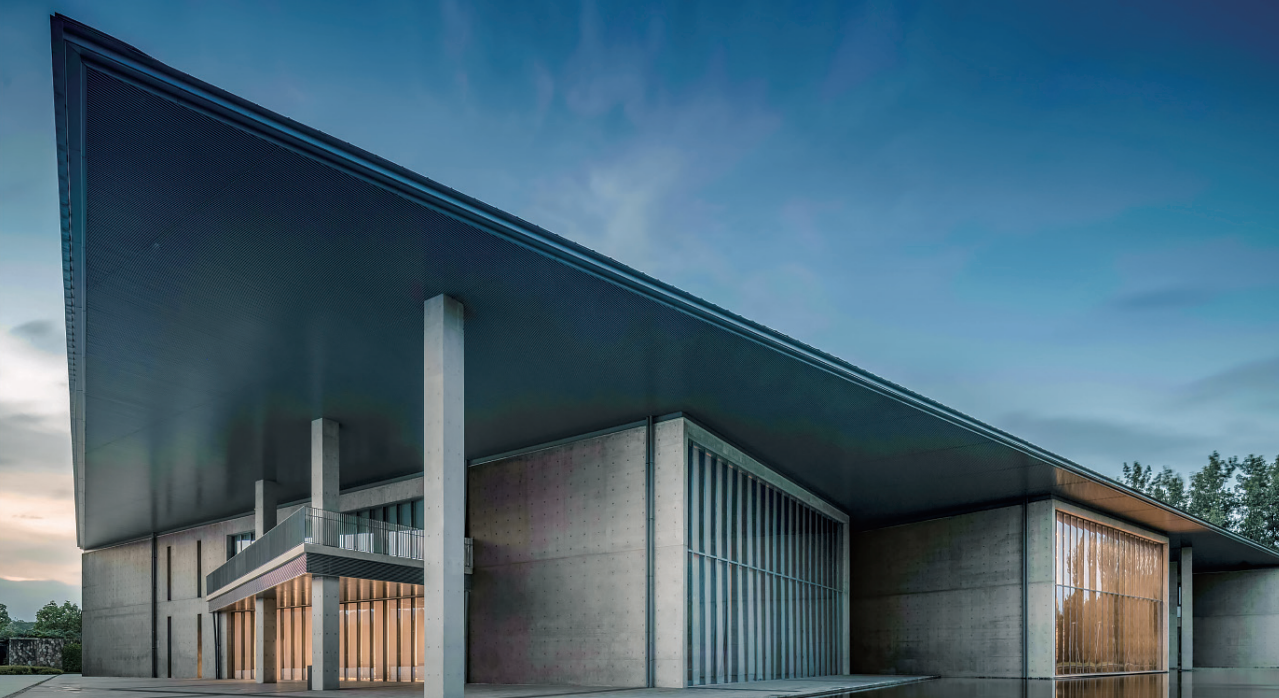
Liangzhu Art and Culture Center
Designed by Japanese architect Tadao Ando, the building features a majestic roof, under which light falls through the hollowed-out structure, creating a calm and profound texture. The glass wall is like a slowly unfolding painting scroll, refl ecting the cherry blossoms in March and the sparkling water throughout the seasons. Here, there is no clear boundary between natural beauty and artifi cial power, and the unique beauty of trigonometric geometry is seen everywhere.
150M northwest of the intersection of Binhe Rd (S) and Yuniao Rd, Yuhang District
Xiangshan Campus of China Academy of Art
The Xiangshan Campus adopts local cultural elements as its architectural language, and uses simple brick, stone, rammed earth and plaster walls to create the most interesting artistic atmosphere. The campus houses a folk art museum and China's fi rst international design museum which contains a collection of modern Western design systems.
China Academy of Art, Zhuantang Subdistrict
Xiangshan Art Commune
Adhering to the space aesthetics of the new Jiangnan architecture, the commune features white-washed walls and black-tiled roofs, in a setting that blends hill and water elements, urban and rural sights, just like the artistic conception of the Song Jiangnan landscape painting, Pure and Remote View of Streams and Mountains.
Chuangyi Rd, Zhuantang Town (next to China Academy of Art)
Tourism
More+-

Application of Foreign Nationals for Extension of L (travel) Visa
-

Visa-Free Transit Policies
-

Services for Stay and Residence in China——Visa-Free Transit Stay for Foreign Nationals
-

China Extends Visa-free Transit to 240 Hours
-
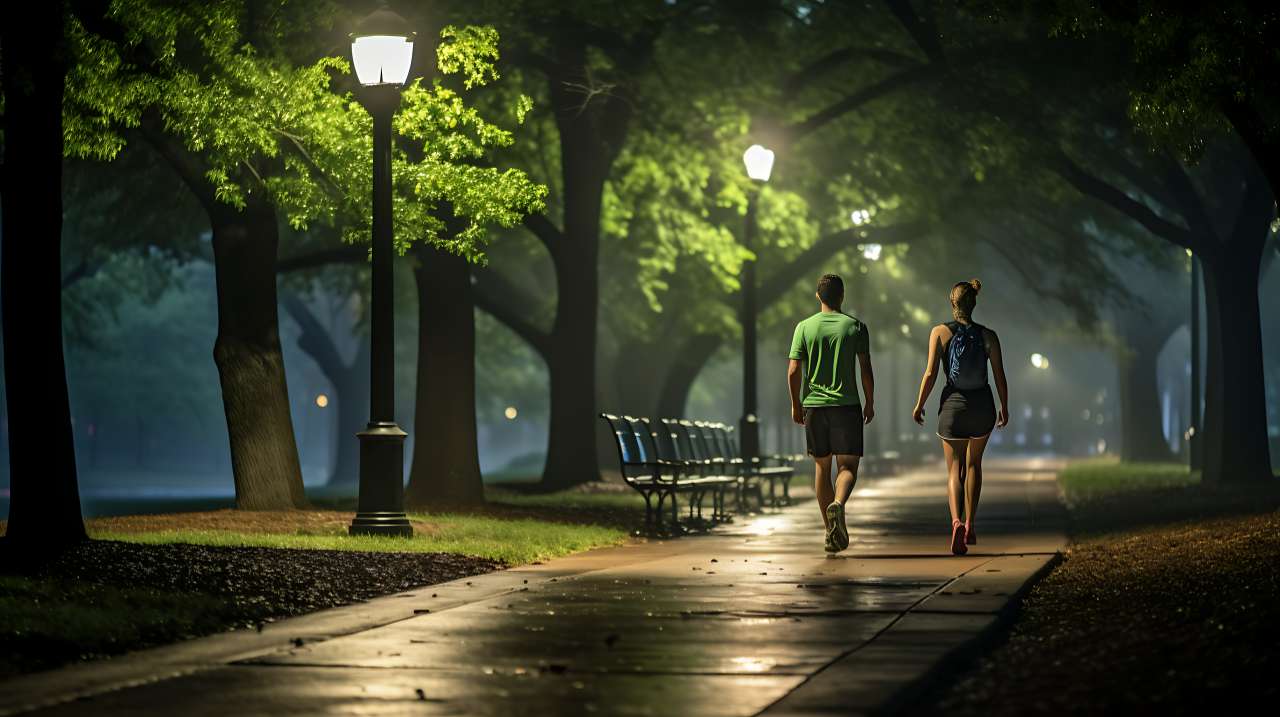
From camping to dog walks: New park rules start today



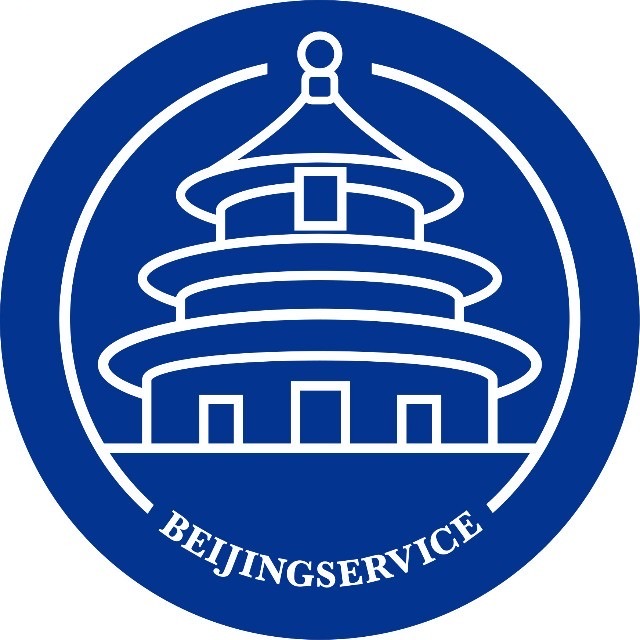
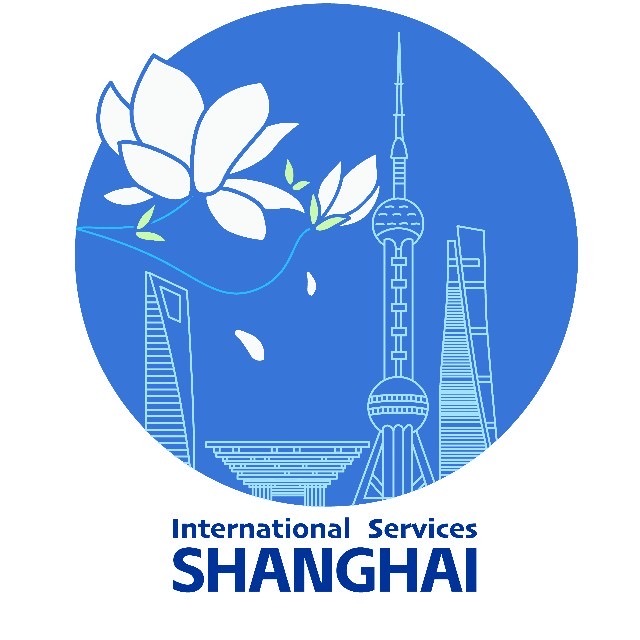




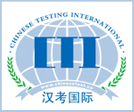
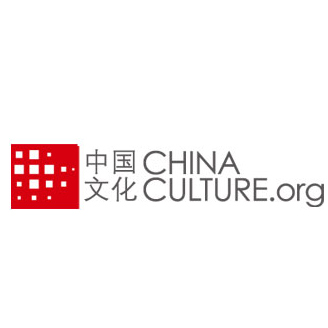
 京公网安备
京公网安备